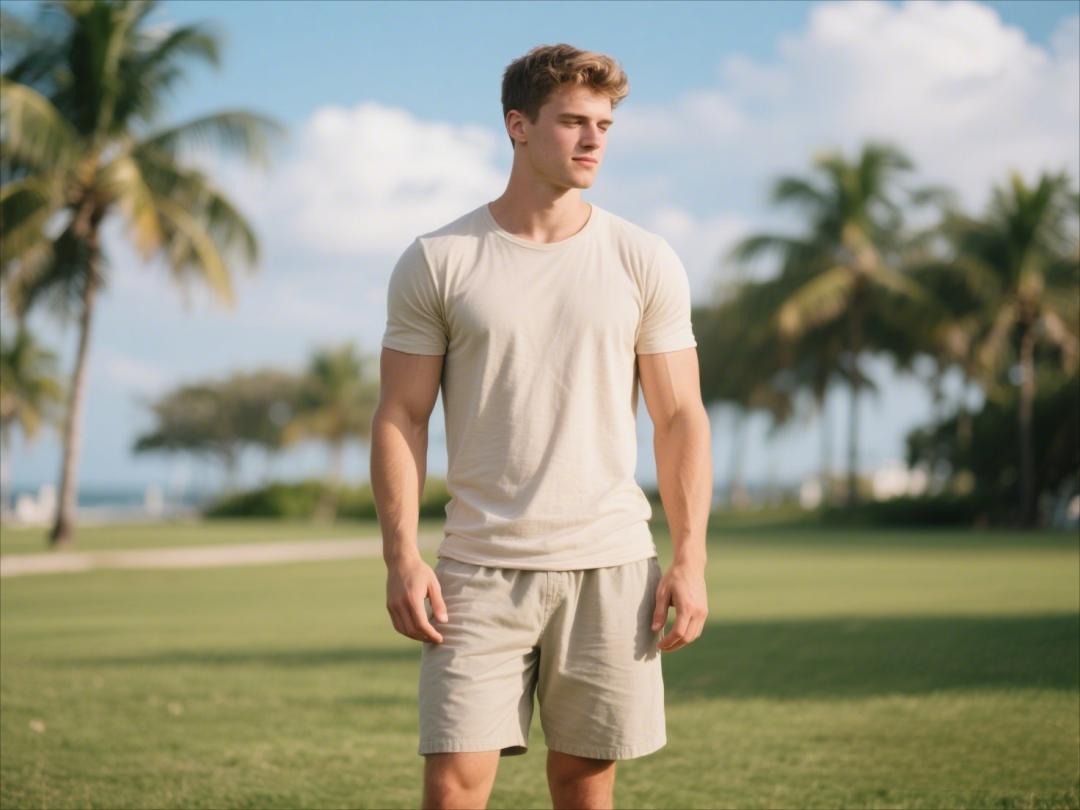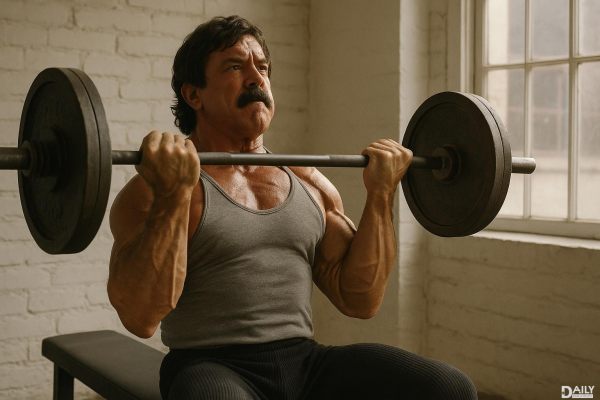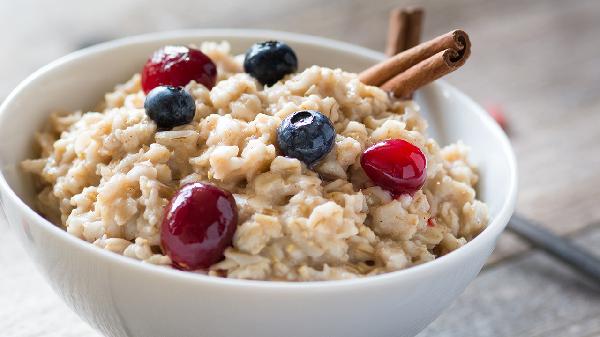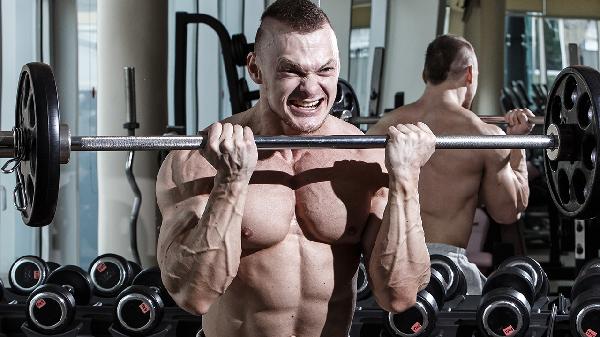If you're dreaming of those classic V-taper shoulders that make every t-shirt look like it was tailored just for you, you're in the right place. Building broader shoulders isn't just about vanity—it's about creating a strong foundation for your upper body that improves posture and athletic performance. The secret? Targeting your deltoids with the right exercises and giving them the attention they deserve. Forget about endless lateral raises with puny dumbbells; we're talking about compound movements and strategic isolation work that'll have people asking if you've been smuggling cantaloupes under your sleeves.

Before we dive into the exercises, let's get acquainted with your shoulder muscles—the deltoids. These bad boys consist of three heads: anterior (front), lateral (middle), and posterior (rear). Most guys make the mistake of only hammering the front delts with endless bench presses, leaving them with unbalanced shoulders that look like they're perpetually leaning forward. For that broad-shouldered look, you need to hit all three heads equally, with special emphasis on the often-neglected lateral delts. That's where the width comes from, folks. And no, doing 50 lateral raises with 5-pound dumbbells while watching Netflix doesn't count as "training."
If you only do one shoulder exercise for the rest of your life, make it the overhead press. This compound movement is the gold standard for building overall shoulder mass and strength. Whether you prefer barbells, dumbbells, or even kettlebells, pressing weight directly overhead engages all three deltoid heads while recruiting your traps, triceps, and core for stability. The key here is going heavy (with good form, obviously)—none of that pink dumbbell nonsense. Start with your hands just outside shoulder width, keep your core tight, and press the weight straight up until your arms are fully extended. Lower it slowly to just above your collarbone and repeat. Pro tip: If your gym has a rack, try doing these standing for extra core engagement and functional strength benefits.
Named after the legendary Arnold Schwarzenegger, this twist on the traditional shoulder press does wonders for hitting all three deltoid heads through a greater range of motion. Start with dumbbells at shoulder height with your palms facing you (like you're doing a bicep curl). As you press upward, rotate your hands outward so your palms face forward at the top. Reverse the motion on the way down. This rotation forces your shoulders to work through multiple planes of movement, leading to more complete development. It's particularly great for targeting those stubborn lateral delts that give you that coveted width. Just don't be surprised if you wake up the next morning unable to brush your hair—that's how you know it's working.
Yes, lateral raises made the list, but before you groan and reach for those tiny dumbbells, hear me out. Most people butcher this exercise by using too much weight and turning it into some weird hybrid of a front raise and a swing. For maximum lateral delt activation, you need to keep the movement strict. Stand tall with a slight bend in your elbows, then raise the weights out to your sides until they're about shoulder height—no higher. The magic happens in the controlled lowering phase; take 3-4 seconds to bring them back down. And for the love of gains, stop shrugging your shoulders up to your ears! If you're using more than 20-25 pound dumbbells with perfect form, you're either a genetic freak or lying to yourself.
If you spend most of your day hunched over a keyboard (hello, fellow desk jockeys), face pulls should become your new best friend. This underrated exercise targets the often-neglected rear delts while improving shoulder health and posture. Set up a cable machine at about eye level, grab the rope attachment with both hands, and pull it toward your face while keeping your elbows high (think of making a "field goal" shape with your arms). Squeeze your shoulder blades together at the end of the movement. Not only will this help balance out your shoulder development, but it'll also counteract that hunched-over posture from too much bench pressing and computer time. Plus, strong rear delts make your shoulders look thicker from every angle—not just the front.
Upright rows get a bad rap in some fitness circles because when performed incorrectly, they can irritate the shoulders. But when done properly with moderate weight and controlled form, they're fantastic for targeting your traps and lateral delts. The key is to keep the bar close to your body and pull it no higher than your sternum—any higher and you're asking for trouble. Use a shoulder-width grip to minimize strain on your joints. If you have a history of shoulder issues, you might want to skip this one or try it with dumbbells, which allow for a more natural movement pattern. When performed correctly, upright rows can add serious thickness to your upper shoulders where they meet your traps.
Building broader shoulders isn't about magic tricks or secret exercises—it's about consistent training with proper form, progressive overload, and giving those delts the attention they deserve. Remember, shoulders are relatively small muscles that recover quickly, so you can train them 2-3 times per week as long as you're not annihilating them every session. Pair these exercises with proper nutrition (read: enough protein) and adequate rest, and you'll be well on your way to filling out those t-shirt sleeves like never before. Just don't be surprised when you have to buy new shirts—that's what we in the biz call a "good problem to have."
























